Best Foods For Healthy Skin
 Food can improve your health or cause health issues. A healthy diet positively affects all of the body, including the skin. While many fitness centers only offer an exercise program, we offer a personalized diet and exercise program at VIP Fitness in Fort Lee, NJ. You’ll be amazed at the difference eating healthy can make. It can make weight loss easier, improve health issues, and even make your skin look its best. Good nutrition builds strong cells and improves your complexion from the inside. It can improve your skin far better than any expensive cream or lotion.
Food can improve your health or cause health issues. A healthy diet positively affects all of the body, including the skin. While many fitness centers only offer an exercise program, we offer a personalized diet and exercise program at VIP Fitness in Fort Lee, NJ. You’ll be amazed at the difference eating healthy can make. It can make weight loss easier, improve health issues, and even make your skin look its best. Good nutrition builds strong cells and improves your complexion from the inside. It can improve your skin far better than any expensive cream or lotion.
Knowing your skin type can guide you to the best diet.
Most people know whether they have dry or oily skin. It’s as simple as washing and drying your face, waiting a few hours, and then examining it. If your cheeks look dry and flaky, it’s dry. If it’s oily around the nose and above the brow—the T-zone—but the cheeks are dry, it’s a combination skin. If you place a tissue on your skin after two hours and the tissue sticks due to grease and oil, it’s oily. A healthy diet can deal with each type of skin and help troubled skin that is prone to breaking out.
Include a wide assortment of colorful fruits and vegetables.
Plant phytonutrients can determine the color of the produce. For instance, a deep red, purple, or blue color indicates anthocyanin, a powerful antioxidant that also makes blueberries blue. It’s anti-inflammatory and can help reduce skin irritation that causes breakouts. Orange fruits and vegetables contain beta carotene that converts to vitamin A and is a natural sunscreen.
You need fat in your diet, but it needs to be healthy fat.
Most people get upset when they hear the word fat but you need healthy fat. Healthy fat is necessary for burning body fat and plays a vital role in attractive skin. Omega-3 fatty acids help reduce or eliminate inflammation. That can reduce the risk of acne and keep skin clearer. Zinc, vitamin E, and protein are also necessary for healthy skin. Walnuts and fatty fish provide these nutrients. Avocados provide healthy fat that protects the skin by keeping it supple and moist.
- A study in the Journal of the Academy of Nutrition and Dietetics noted that food high in sugar, including highly processed food, increased the potential for breakouts and complexion issues. Consuming food lower on the glycemic scale improved skin.
- The older you are, the more water you need to drink to plump skin. Seniors tend to dehydrate faster and that shows by creating lines and wrinkles. Adequate hydration can plump skin. Including juicy fruit and vegetables in your diet also helps hydrate skin.
- Red and purple grapes contain resveratrol that’s an antioxidant. It’s an antioxidant that can slow skin aging. Eating probiotic foods such as yogurt or kimchi helps balance the body’s microbiome to prevent damaging bacterial growth.
- Don’t forget to include foods high in vitamin C, like broccoli. Vitamin C is necessary for collagen production. Collagen improves skin hydration and elasticity. Bone broth is another collagen source.
For more information, contact us today at VIP Fitness Center


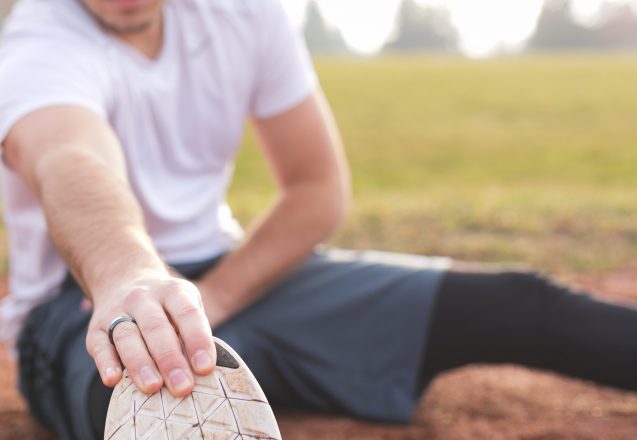
 Before beginner runners put on their shoes for their first run, they should learn a few tips to make their journey better. When running is one of the exercises chosen to boost fitness, it has some pitfalls. People who start a program of running often begin excited and ready to tackle this activity. They often just start running without creating a plan ahead of time. It can mean they go full steam, thinking they’ll maintain that pace throughout the entire run, but the body often doesn’t cooperate. Dividing your run into sections and speed walking some of those sections and running others is a big help.
Before beginner runners put on their shoes for their first run, they should learn a few tips to make their journey better. When running is one of the exercises chosen to boost fitness, it has some pitfalls. People who start a program of running often begin excited and ready to tackle this activity. They often just start running without creating a plan ahead of time. It can mean they go full steam, thinking they’ll maintain that pace throughout the entire run, but the body often doesn’t cooperate. Dividing your run into sections and speed walking some of those sections and running others is a big help.
 If you’ve been out of shape your whole life or tried to lose weight before and failed, it can be difficult to see yourself as better. “If you can believe it, you can achieve it,” is real. That belief can help you become the new you. We help people in Fort Lee, NJ, change their self-image to a more positive one and finally believe in themselves to boost their chances for success.
If you’ve been out of shape your whole life or tried to lose weight before and failed, it can be difficult to see yourself as better. “If you can believe it, you can achieve it,” is real. That belief can help you become the new you. We help people in Fort Lee, NJ, change their self-image to a more positive one and finally believe in themselves to boost their chances for success.
 Using the proper form for each exercise can make the difference between successful workouts and unsuccessful ones. The way you move during an exercise affects the way the body works a muscle. If you’re not going deep enough on squats, you won’t get the benefits. If you’re lifting something heavy, it makes a difference how you lift. Lifting the wrong way can cause injury. The same is true when you exercise.
Using the proper form for each exercise can make the difference between successful workouts and unsuccessful ones. The way you move during an exercise affects the way the body works a muscle. If you’re not going deep enough on squats, you won’t get the benefits. If you’re lifting something heavy, it makes a difference how you lift. Lifting the wrong way can cause injury. The same is true when you exercise.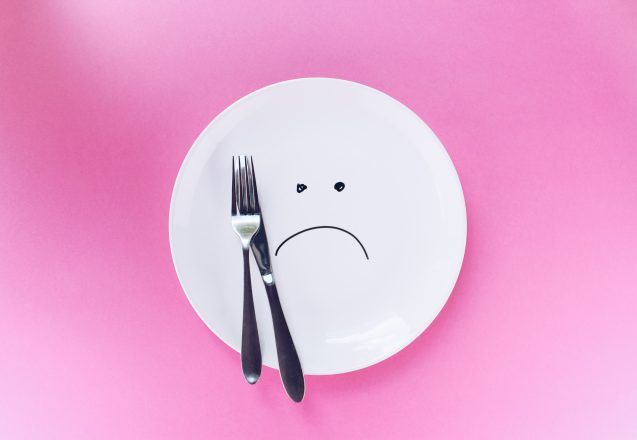
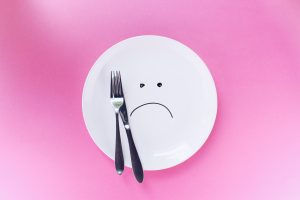 People in Fort Lee, NJ, often face plateauing when they’re getting fit. They may face stalled weight loss or the inability to progress further in strength, flexibility, endurance, or balance. If you face those same struggles, don’t worry. You can overcome plateaus in fitness by making a few changes. Identifying the type of plateauing you face determines the solution.
People in Fort Lee, NJ, often face plateauing when they’re getting fit. They may face stalled weight loss or the inability to progress further in strength, flexibility, endurance, or balance. If you face those same struggles, don’t worry. You can overcome plateaus in fitness by making a few changes. Identifying the type of plateauing you face determines the solution.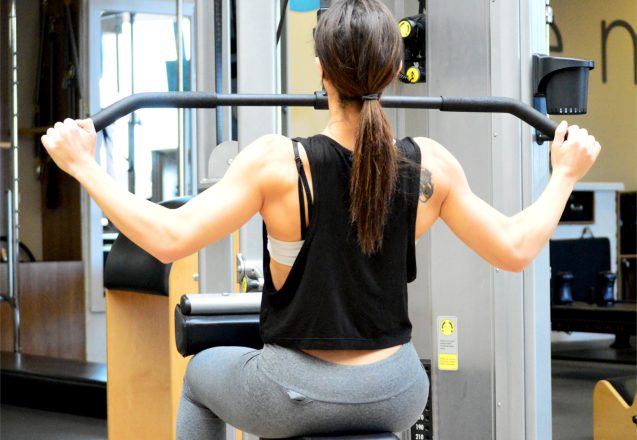
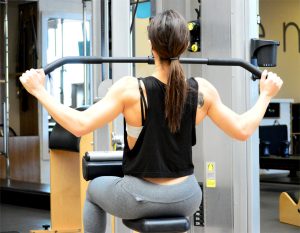 At VIP Fitness in Fort Lee, NJ, we focus on ways to make client workouts more effective. Some of the ways involve how you do a workout and some are specific to our training. Other ways are for people who work out on their own without a trainer. One example of the second group is simple. Make every minute count. Have a plan of action and a list that includes the exercises, number of reps, and number of sets.
At VIP Fitness in Fort Lee, NJ, we focus on ways to make client workouts more effective. Some of the ways involve how you do a workout and some are specific to our training. Other ways are for people who work out on their own without a trainer. One example of the second group is simple. Make every minute count. Have a plan of action and a list that includes the exercises, number of reps, and number of sets.
 Squats are part of a group of several exercises that everyone should do. They’re functional fitness exercises that help prevent injuries from falls and strains by improving balance. When you can do a perfect squat, you’ll improve the potential of independent living. It’s a very basic move that most people can do as a baby but lose that ability as they grow older. It requires muscles from both the upper body and lower body that you use doing daily activities.
Squats are part of a group of several exercises that everyone should do. They’re functional fitness exercises that help prevent injuries from falls and strains by improving balance. When you can do a perfect squat, you’ll improve the potential of independent living. It’s a very basic move that most people can do as a baby but lose that ability as they grow older. It requires muscles from both the upper body and lower body that you use doing daily activities.
 If you focus on eating healthy at home but find that travel can end that, here are tips to help. You can eat well when you travel, but it takes planning. You don’t have to be on an extended trip. It can occur when you take frequent short trips. Whether it’s a quick lunch from a drive-through or food at the airport, you’ll pay a price for those unhealthy meals. No matter how you travel, focus on eating healthy foods.
If you focus on eating healthy at home but find that travel can end that, here are tips to help. You can eat well when you travel, but it takes planning. You don’t have to be on an extended trip. It can occur when you take frequent short trips. Whether it’s a quick lunch from a drive-through or food at the airport, you’ll pay a price for those unhealthy meals. No matter how you travel, focus on eating healthy foods.
 For some Fort Lee residents, running plays a vital role in their lives. There’s nothing wrong with running. It’s a great cardio workout. If they do it simply for weight loss, other ways to achieve that goal can be more efficient. Only doing cardiovascular workouts isn’t a healthy option. Your body needs workouts to build more than just cardio endurance. It requires strength, flexibility, and balance exercises, too. All types of exercise burn more calories than you would watching television, but two of them are better. Cardio is one, and strength-building is the other. Both torch calories, but one boosts your metabolism as it burns extra calories.
For some Fort Lee residents, running plays a vital role in their lives. There’s nothing wrong with running. It’s a great cardio workout. If they do it simply for weight loss, other ways to achieve that goal can be more efficient. Only doing cardiovascular workouts isn’t a healthy option. Your body needs workouts to build more than just cardio endurance. It requires strength, flexibility, and balance exercises, too. All types of exercise burn more calories than you would watching television, but two of them are better. Cardio is one, and strength-building is the other. Both torch calories, but one boosts your metabolism as it burns extra calories.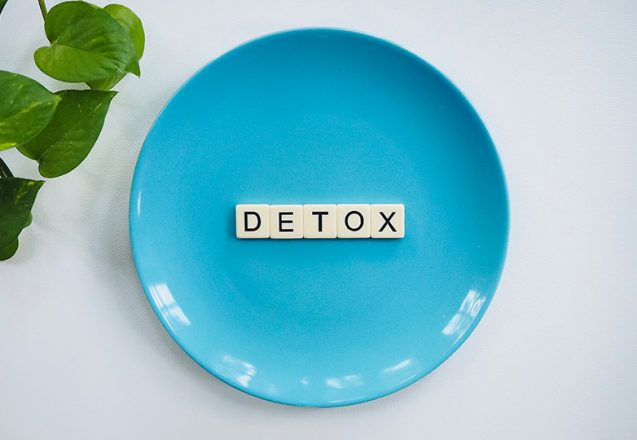
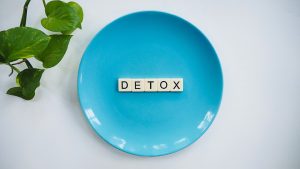 There are many ways to eliminate toxins from the body. There are toxins in shampoos, cleaning products, and even your food. There are healthy ways to eliminate those toxins from the body. Exercising until you sweat is one way to detox. Many people in Fort Lee, NJ, opt for that and a healthy diet. Sweating out toxins is the basis for saunas in Scandinavia and sweat lodges of native Americans. Other types of detoxing were part of ancient traditional Chinese and Ayurvedic medicines. It all starts with preparing the body for a detox.
There are many ways to eliminate toxins from the body. There are toxins in shampoos, cleaning products, and even your food. There are healthy ways to eliminate those toxins from the body. Exercising until you sweat is one way to detox. Many people in Fort Lee, NJ, opt for that and a healthy diet. Sweating out toxins is the basis for saunas in Scandinavia and sweat lodges of native Americans. Other types of detoxing were part of ancient traditional Chinese and Ayurvedic medicines. It all starts with preparing the body for a detox.